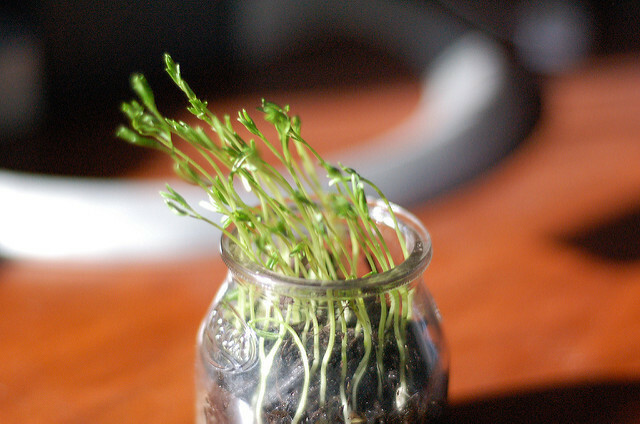what is tropism? O tropism It is a biological phenomenon that guides the growth and movement of plants in response to environmental stimuli, which may be sunlight, water and/or wind.
When the movement occurs towards the environmental factor, we say that it is positive tropism. When it occurs in the opposite direction, we say that it is negative tropism.
see more
Biology teacher fired after class on XX and XY chromosomes;…
Cannabidiol found in common plant in Brazil brings new perspective…

Despite being a mechanism mainly used to movement of plants, some fungi and viruses also use it.
When viruses have a preference for a cell type, we say that it has a positive tropism for that cell type, like HIV viruses that have a positive tropism for immune system cells.
phototropism
In phototropism, the environmental factor is sunlight, which causes positive phototropism, which is plant growth towards the light source.
geotropism
In geotropism, the environmental factor is the action of gravity, if the plant grows above the ground we say that it is positive geotropism.
chemotropism
In chemotropism, the agent that causes chemotropism is chemical, it is what happens with the pollen tube towards the ovule, right after the pollen grain touches the stigma.
thigmotropism
In thigmotropism, growth occurs by leaning on a support, this is the case with tendrils.
hydrotropism
In hydrotropism, water is the environmental factor in this case.
petrotropism
Petrotropism, the rarest type of tropism, occurs when the environmental factor for growth is oil.
thigmotropism
In thigmotropism, growth is stopped by a solid object and the plant grows around it.
See too: